Home>Articles>Thinking About Adding A Sunroom? Here’s Everything You Need To Know
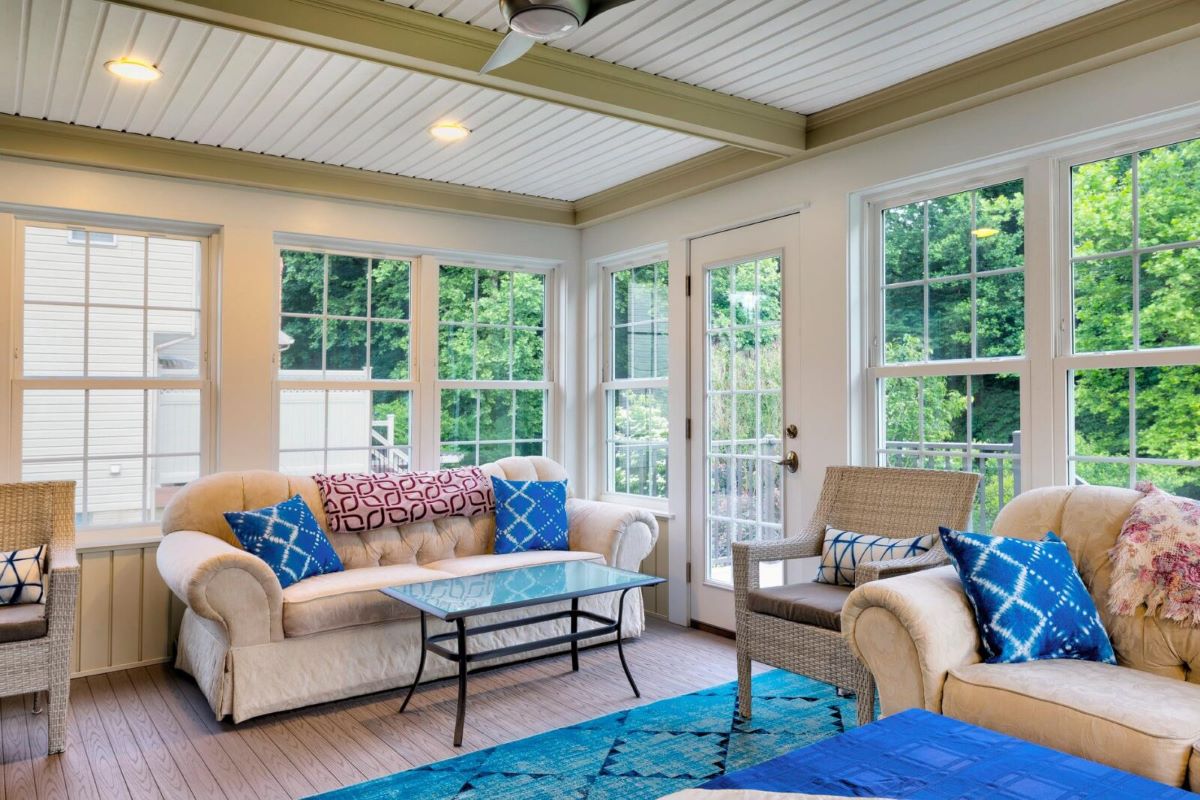

Articles
Thinking About Adding A Sunroom? Here’s Everything You Need To Know
Modified: March 26, 2024
Thinking about adding a sunroom? Discover all the essential information you need to know before making a decision, with our helpful articles on sunroom construction, cost, design, and more.
(Many of the links in this article redirect to a specific reviewed product. Your purchase of these products through affiliate links helps to generate commission for Storables.com, at no extra cost. Learn more)
Introduction
Thinking about adding a sunroom to your home? It’s a fantastic idea! Sunrooms are versatile spaces that allow you to enjoy the beauty of the outdoors while still being protected from the elements. Whether you want to create a cozy reading nook, a recreational area, or simply extend your living space, a sunroom can be the perfect addition to your home.
In this comprehensive guide, we will walk you through everything you need to know about adding a sunroom. From the benefits of having one to the various types of sunrooms available, as well as the planning and permissions process, budgeting and financing options, and considerations for choosing the right location. We’ll also explore the materials and construction methods, heating and cooling options, electrical and lighting considerations, and tips for designing the perfect furniture and decor for your sunroom. Finally, we will discuss the maintenance and upkeep required to keep your sunroom in top condition.
By the end of this guide, you’ll have all the information you need to make an informed decision about adding a sunroom to your home. So, let’s dive in and discover the endless possibilities that a sunroom can bring to your living space!
Key Takeaways:
- Adding a sunroom to your home offers natural light, expanded living space, and year-round usability, enhancing your home’s value and providing a versatile, personalized retreat.
- Careful planning, budgeting, and maintenance are essential for creating a functional and stylish sunroom that seamlessly integrates with your home, providing endless enjoyment and relaxation.
Benefits of Adding a Sunroom
Adding a sunroom to your home can bring a multitude of benefits that enhance your living experience. Here are some key advantages to consider:
- Natural Light: One of the major benefits of a sunroom is the abundance of natural light it provides. Sunrooms are designed to let in ample sunlight, making the space bright, airy, and inviting. The sunlight can boost your mood, improve focus, and create a warm and cozy atmosphere.
- Enjoyment of the Outdoors: A sunroom allows you to enjoy the beauty of the outdoors without being exposed to the elements. Whether it’s raining, snowing, or too hot outside, you can still experience the scenic views, fresh air, and connect with nature from the comfort of your sunroom.
- Expansion of Living Space: Adding a sunroom provides additional living space to your home. It can serve as a versatile area for various purposes such as a lounge, entertainment room, dining area, or even a home office. With a sunroom, you gain valuable square footage that can be utilized to suit your specific needs and lifestyle.
- Year-Round Usability: Unlike traditional outdoor spaces like decks or patios, sunrooms offer year-round usability. With proper insulation and temperature control, you can enjoy your sunroom in all seasons. It provides an opportunity to experience the changing seasons and appreciate nature’s beauty throughout the year.
- Increase in Home Value: Adding a sunroom can increase the value and appeal of your home. Sunrooms are highly desirable features for potential buyers, as they provide an attractive and functional living space. It can set your home apart from others on the market and potentially lead to a higher resale value.
- Versatility: Sunrooms are incredibly versatile spaces that can be customized to match your personal style and preferences. From choosing the flooring, window treatments, and furniture, you have the freedom to create a unique space that reflects your taste and meets your specific needs.
These benefits highlight the value and enjoyment that a sunroom can bring to your home. Whether you want to relax, entertain guests, or simply have a quiet space to unwind, a sunroom provides the perfect setting to enjoy the benefits of nature while staying comfortable and protected in your own home.
Types of Sunrooms
When it comes to sunrooms, there are several different types available, each offering a unique design and functionality. Here are some popular types of sunrooms to consider:
- Three-Season Sunrooms: Three-season sunrooms are a popular choice for homeowners looking to maximize their outdoor experience without the need for year-round temperature control. These sunrooms are typically constructed with lightweight materials and are not insulated. They provide a comfortable space during spring, summer, and fall but may not be suitable for extreme heat or cold.
- Four-Season Sunrooms: Four-season sunrooms, also known as all-season rooms, are designed for year-round use. They are constructed with insulated walls, windows, and a robust heating and cooling system to maintain a comfortable temperature in all seasons. Four-season sunrooms offer the flexibility to enjoy the space regardless of the weather conditions outside.
- Solariums: Solariums, also referred to as glass enclosures, feature a full glass structure, including the roof, walls, and sometimes, the flooring. These sunrooms are known for their panoramic views and provide a seamless connection with the outdoors. Solariums can be an excellent choice if you desire maximum natural light and an immersive outdoor experience.
- Screened-In Porches: Screened-in porches offer a more cost-effective option to enjoy the benefits of a sunroom. These sunrooms have screens instead of glass windows, allowing for the free flow of fresh air while keeping insects and debris out. Screened-in porches are perfect for enjoying mild weather and can be easily converted into three-season sunrooms by adding removable panels or windows.
- Conservatories: Conservatories are classical sunrooms inspired by Victorian-era architecture. They feature an elegant and ornate design, often incorporating intricate glass panels, high ceilings, and architectural accents. Conservatories provide a luxurious and sophisticated space to enjoy natural light and create a charming connection with the outdoors.
Each type of sunroom has its own unique features and benefits. Consider your specific needs, budget, and architectural style of your home when choosing the right sunroom type. Consulting with a professional sunroom contractor can also assist you in selecting the best option that aligns with your preferences and budget.
Planning and Permissions
Before adding a sunroom to your home, it’s essential to go through the proper planning and permissions process to ensure a smooth and hassle-free construction. Here are some steps to consider:
- Research Local Building Codes: Start by researching the local building codes and regulations in your area regarding sunroom construction. Each municipality may have specific requirements regarding setbacks, maximum building height, and energy efficiency standards. Understanding these guidelines will help you plan your sunroom project accordingly.
- Consult with a Professional: It’s advisable to consult with a professional sunroom contractor or architect who has experience in the local building codes and permits. They can guide you through the planning process, assess the feasibility of your project, and help create detailed construction plans and drawings.
- Obtain Necessary Permits: Once you have your construction plans prepared, you will likely need to obtain permits from the local building department. The permits may include building permits, electrical permits, and sometimes plumbing permits, depending on the complexity of your sunroom project. Your contractor can assist you in obtaining these permits and ensuring compliance with local regulations.
- Consider HOA Guidelines: If you live in a community governed by a homeowner’s association (HOA), it’s crucial to review their guidelines and restrictions regarding modifications and additions to your property. Some HOAs may have specific rules regarding the size, design, and materials used for sunrooms. Check with your HOA to ensure your sunroom plans align with their requirements.
- Budget for Planning and Permissions: Keep in mind that obtaining permits and going through the planning process may come with associated costs. Factor in these expenses when budgeting for your sunroom project. The costs can vary depending on your location and the complexity of the permits required.
- Communicate with Neighbors: If your sunroom project will have an impact on neighboring properties, it’s considerate to inform and communicate with your neighbors about your plans. Address any concerns they may have and ensure your construction process minimizes disruption to their lives.
By following these steps and completing the necessary planning and permissions process, you can proceed with confidence in adding a sunroom to your home. Remember, it’s essential to adhere to local regulations and guidelines to ensure the safety and legality of your sunroom construction.
Budgeting and Financing
When it comes to adding a sunroom to your home, budgeting and financing are crucial aspects to consider. Here are some tips to help you effectively manage the financial aspects of your sunroom project:
- Establish a Budget: Before diving into any construction project, it’s important to establish a realistic budget for your sunroom. Consider the size, type, and complexity of the sunroom you want, as well as any additional features or amenities you may want to include. Research the average costs of sunroom construction in your area, and factor in potential unexpected expenses or contingencies.
- Get Multiple Quotes: Reach out to several reputable sunroom contractors and request detailed quotes for your project. Compare the prices, scope of work, and materials included in each quote. This will help you get a sense of the overall costs involved and allow you to make an informed decision regarding which contractor to hire.
- Explore Financing Options: If you don’t have sufficient funds to cover the entire cost of your sunroom project upfront, don’t worry. There are various financing options available to help you spread out the payments. Consider options such as home equity loans, personal loans, or lines of credit. Research the interest rates, terms, and repayment plans offered by different lenders to choose the option that best fits your financial situation.
- Consider Return on Investment (ROI): Keep in mind that adding a sunroom can increase the value of your home. While you may be focused on the immediate costs of construction, consider the potential long-term return on investment. A well-designed and functional sunroom can significantly boost the resale value of your property, providing a return on your initial investment in the future.
- Allocate for Extras: Aside from the construction costs, remember to allocate a portion of your budget for additional expenses. These can include permits, design fees, landscaping around the sunroom, furniture, decor, and any desired upgrades or features. Having a budget cushion for these extras will help prevent any financial surprises along the way.
- Consult with Financial Advisors: If you’re unsure about the financing aspect of your sunroom project, consider consulting with financial advisors or professionals who can provide guidance tailored to your specific situation. They can help you evaluate your options, assess the impact on your finances, and choose the best financing strategy for your needs.
By carefully budgeting and exploring financing options, you can ensure that your sunroom project stays within your financial means. Remember to plan accordingly to make the most of your investment and create a stunning sunroom that adds value and enjoyment to your home for years to come.
Read more: Everything You Need To Know About Ladders
Choosing the Right Location
Choosing the right location for your sunroom is a crucial decision that can significantly impact your enjoyment and the overall aesthetics of your home. Here are some factors to consider when selecting the perfect spot:
- Sun Exposure: Assess the sun exposure in different areas of your property throughout the day. Consider how much sunlight you want in your sunroom and choose a location that offers the desired amount of natural light. Keep in mind that a south-facing sunroom will generally receive the most sunlight throughout the day.
- Views: Determine if there are any particular views or features of your property that you would like to enjoy from your sunroom. Whether it’s a garden, a scenic landscape, or a backyard oasis, selecting a location that offers picturesque views can enhance your sunroom experience.
- Accessibility: Consider the accessibility of the location. You’ll want your sunroom to be easily accessible from the main living areas of your home, such as the kitchen or living room. Additionally, think about how the location will flow with the existing layout of your home and the outdoor space.
- Privacy: Take into account the desired level of privacy for your sunroom. If privacy is essential, choose a location that is shielded from neighboring properties or roadways. You can also enhance privacy by strategically placing landscaping elements or installing window treatments.
- Structural Considerations: Assess the structural feasibility of the location you have in mind. Ensure that the area can handle the weight of the sunroom and any additional features you plan to include, such as furniture or heating/cooling systems. Consult with a structural engineer or contractor if you have any concerns about the suitability of the location.
- Aesthetics and Integration: Consider how the sunroom will integrate with the existing architecture and style of your home. The location should be aesthetically pleasing and complement the overall design. A well-integrated sunroom will look like a natural extension of your home, enhancing its curb appeal and overall value.
Take your time to evaluate different locations and envision yourself in each setting. Consider how the different factors align with your preferences and lifestyle. Don’t hesitate to consult with a professional sunroom designer or architect who can provide expert advice and help you choose the optimal location for your sunroom.
Choosing the right location is a crucial step towards creating a sunroom that fulfills your desires and creates an inviting and enjoyable space in your home. Take into account your specific needs, preferences, and the unique characteristics of your property to select the perfect spot for your new sunroom.
When adding a sunroom, consider the orientation of the room to maximize natural light and minimize heat gain. This can help create a comfortable and energy-efficient space.
Materials and Construction
Choosing the right materials and construction methods for your sunroom is essential to ensure its durability, functionality, and aesthetic appeal. Here are some considerations when it comes to materials and construction:
- Frame Material: Sunroom frames are typically made from wood, aluminum, or vinyl. Wood frames offer a traditional and natural look, but require regular maintenance. Aluminum frames are durable and low maintenance, while vinyl frames are weather-resistant and offer excellent insulation.
- Glazing Options: The glazing used in your sunroom will impact the insulation and energy efficiency. Common options include single-pane glass, double-pane glass, or even triple-pane glass for enhanced insulation. Consider your climate and energy efficiency goals when selecting the glazing option.
- Roofing Materials: The roof of your sunroom can be constructed using glass, polycarbonate panels, or even traditional roofing materials like shingles. Glass roofs offer maximum natural light, while polycarbonate panels provide durability and UV protection. Choose a roofing material based on your desired aesthetic, insulation, and maintenance requirements.
- Flooring: There are various flooring options available for sunrooms, including hardwood, laminate, tile, or even stamped concrete. Consider the level of foot traffic, exposure to moisture, and your desired aesthetic when selecting the flooring material. Ensure that the flooring is durable and easy to clean.
- Insulation: Proper insulation is crucial to ensure a comfortable and energy-efficient sunroom. Insulate the walls and roof to prevent heat loss or gain, depending on your climate. This will help maintain a consistent temperature in the sunroom throughout the year and minimize energy costs.
- Professional Installation: It’s highly recommended to hire a professional contractor experienced in sunroom construction. They will ensure that the materials are installed correctly, the structure is sound, and the sunroom meets all building codes and regulations. Professional installation will save you time and ensure that the sunroom is built to last.
- Consider Special Features: If you have specific requirements or desires for your sunroom, such as integrated heating and cooling systems, electrical outlets, or even special architectural elements, discuss these with your contractor. They can advise on the feasibility and cost of incorporating these features into the design and construction of the sunroom.
Remember to communicate your preferences and expectations to your contractor during the design and construction process. They can provide valuable insights and suggest the most suitable materials and construction techniques based on your specific needs and budget.
By carefully selecting quality materials and ensuring professional construction, you will have a beautiful and functional sunroom that stands the test of time. Enjoy the process of creating your dream sunroom and imagine the countless hours of relaxation and enjoyment that await you in this wonderful addition to your home.
Heating and Cooling Options
When designing your sunroom, it’s important to consider the heating and cooling options to ensure a comfortable environment throughout the year. Here are some popular heating and cooling solutions for sunrooms:
- Central HVAC Extension: If your home has a central heating and cooling system, extending it to your sunroom is a popular option. This involves extending the existing ductwork into the sunroom to provide heating and cooling. It ensures consistent temperature control and can be an efficient solution if your system has the capacity to handle the additional space.
- Ductless Mini-Split System: A ductless mini-split system is an excellent choice for sunrooms as it offers independent temperature control without the need for extensive ductwork. These systems consist of an outdoor unit and one or more indoor units mounted on the wall or ceiling. They provide both heating and cooling, allowing you to adjust the temperature according to your needs.
- Ceiling Fans: Ceiling fans are a cost-effective way to circulate air in your sunroom and provide a cooling effect. They can help distribute the cool air during the summer months and create a gentle breeze, making the space more comfortable. Additionally, many ceiling fans have a reverse setting that can be used in colder months to push down warm air from the ceiling.
- Portable Heaters and Air Conditioners: Portable heaters and air conditioners are flexible options that can be used to heat or cool your sunroom as needed. They are relatively affordable and easy to install, providing temporary heating or cooling solutions. However, they may not be as energy-efficient as other options and may not provide consistent temperature control.
- Underfloor Heating: Installing radiant underfloor heating is a luxurious option for sunrooms. It involves installing a heating system beneath the flooring, providing radiant warmth from the floor up. Underfloor heating systems can be controlled independently and offer an efficient and comfortable heating solution.
- Window Treatments: Utilizing window treatments such as blinds, shades, or curtains can help regulate the temperature in your sunroom. They can provide shade during hotter months, reducing the heat and glare from the sun. Additionally, insulated or thermal window treatments can help retain heat during colder months.
Consider the climate in your area, your preferences, and your budget when selecting the heating and cooling options for your sunroom. Consult with a heating and cooling professional to evaluate your needs and determine the most suitable solution for your specific sunroom design.
Proper heating and cooling will ensure that you can enjoy your sunroom comfortably throughout the seasons, making it an inviting space for relaxation, entertaining, or simply enjoying the beauty of the outdoors from the comfort of your home.
Electrical and Lighting Considerations
When planning your sunroom, it’s important to take into consideration the electrical and lighting requirements to create a well-lit and functional space. Here are some considerations to keep in mind:
- Power Outlets: Determine the number of power outlets you’ll need in your sunroom. Consider the appliances, electronics, and lighting fixtures that you plan to have in the space. Ensure that there are sufficient outlets strategically placed throughout the room to accommodate your needs.
- Lighting Fixtures: Choose lighting fixtures that complement the style of your sunroom and provide adequate illumination. Consider a combination of overhead lighting, such as recessed lights or a chandelier, as well as task lighting for specific areas, like reading nooks or workspaces. Include dimmers to adjust the lighting intensity and create different moods.
- Natural Light Optimization: Take advantage of natural light by selecting window treatments that allow flexibility in controlling the amount of sunlight entering the space. This can include blinds, shades, or curtains. When planning the layout of your sunroom, position furniture and focal points to make the most of the natural light.
- Outdoor Lighting: Consider incorporating outdoor lighting that illuminates the surrounding area outside the sunroom. This can enhance the aesthetics and functionality of your sunroom, especially during evenings or darker hours. Outdoor lighting options include path lights, wall-mounted lights, or even string lights.
- Electrical Safety: Ensure that all electrical work is done by a licensed electrician to guarantee compliance with electrical codes and safety standards. Proper wiring, grounding, and circuit capacity are essential for the safe operation of electrical fixtures and appliances within your sunroom.
- Energy Efficiency: Opt for energy-efficient lighting solutions, such as LED bulbs, to minimize energy consumption and reduce your carbon footprint. LED lights are long-lasting, emit less heat, and are more environmentally friendly compared to traditional incandescent bulbs.
- Smart Lighting: Consider incorporating smart lighting controls to conveniently manage your sunroom’s lighting. Smart switches or dimmers allow you to control the lights remotely via a smartphone or voice commands, providing flexibility and energy-saving benefits.
Consult with a professional electrician and lighting designer to help you with the electrical planning and execution. They can assess your specific needs, offer expert advice, and ensure that all electrical work is implemented safely and efficiently.
By carefully considering the electrical and lighting aspects of your sunroom, you can create a well-lit and inviting space that meets your functional and aesthetic requirements. The right electrical and lighting setup will not only enhance your sunroom experience but also add value to your home.
Furniture and Decor
Choosing the right furniture and decor will help transform your sunroom into a stylish and comfortable space. Whether you plan to use it as a relaxation retreat, entertainment area, or a multipurpose room, here are some tips to consider when selecting furniture and decor for your sunroom:
- Furniture Selection: Choose furniture that is appropriate for the intended use of your sunroom. Comfortable seating options like sofas, armchairs, or lounge chairs are excellent for relaxation, while a dining set or bistro table and chairs are ideal for an eating area. Look for furniture pieces that are durable, weather-resistant, and easy to clean.
- Outdoor Fabrics: Opt for outdoor fabrics for cushions, pillows, and upholstery to ensure longevity in your sunroom. Outdoor fabrics are designed to withstand sun exposure and resist fading, mold, and moisture. They are also typically easier to clean and maintain compared to indoor fabrics.
- Functional Storage: Incorporate functional storage solutions to keep your sunroom organized and clutter-free. A storage bench, side tables with drawers, or built-in shelving can help store blankets, pillows, games, and other items you may want to keep handy in your sunroom.
- Natural Textures: Embrace natural textures and materials to create a harmonious connection with the outdoors. Wicker or rattan furniture, bamboo blinds, or jute rugs can add warmth and a touch of nature to your sunroom. Incorporate plants for added greenery and freshness.
- Provide Shade: Consider adding shades or blinds to control sunlight and protect your furniture from excessive heat and fading. They also offer privacy when needed. Choose options that are easy to adjust or retract to enjoy the sun or shield from direct sunlight as desired.
- Decorative Accents: Infuse your sunroom with decorative accents that reflect your personal style. Add colorful throw pillows, cozy blankets, and artwork to create a cozy and inviting atmosphere. Incorporate decorative elements like outdoor rugs, lanterns, or wall hangings to add visual interest and enhance the overall ambiance.
- Lighting: Consider incorporating decorative lighting fixtures like pendant lights or statement lamps to add a touch of elegance and create a focal point. Twinkle lights or string lights can provide a whimsical and enchanting atmosphere during evenings.
Remember to strike a balance between style and functionality when choosing furniture and decor for your sunroom. Consider the overall theme and aesthetic of your home to ensure that your sunroom complements the existing design and creates a seamless transition from indoor to outdoor space.
Lastly, let your creativity and personal taste guide your choices. The goal is to create a sunroom that reflects your unique personality and provides a comfortable haven for relaxation, entertaining, or simply enjoying the beauty of the outdoors.
Maintenance and Upkeep
Maintaining your sunroom is important to preserve its beauty, functionality, and longevity. Regular maintenance and proper care will ensure that your sunroom remains a delightful space for years to come. Here are some essential maintenance tips:
- Cleaning: Regularly clean your sunroom to remove dirt, dust, and debris. Sweep the floors, wipe down windows and surfaces, and vacuum upholstery or cushions. Use gentle cleaning agents and avoid abrasive materials that may damage the finishes or materials.
- Window Care: Clean the windows of your sunroom to maintain clarity and maximize natural light. Regularly check for any signs of damage, such as cracks or leaks, and address them promptly to prevent further issues. Consider professional window cleaning services for hard-to-reach areas or larger sunrooms.
- Furniture Maintenance: Follow the manufacturer’s guidelines for cleaning and maintaining your sunroom furniture. Wipe down outdoor fabrics, treat any stains or spills quickly, and cover or store furniture during harsh weather conditions. Apply protective treatments or sealants as recommended to extend the lifespan of your furniture.
- Check for Structural issues: Regularly inspect the structure of your sunroom for any signs of wear, damage, or leaks. Look for cracks, loose joints, or signs of water intrusion. Address any issues immediately by consulting with a professional contractor to prevent further damage or expensive repairs.
- Routine Maintenance of HVAC Systems: If your sunroom has a heating or cooling system, ensure proper maintenance according to manufacturer recommendations. Clean or replace air filters regularly, check for leaks or malfunctioning components, and schedule professional inspections to maintain optimal performance.
- Seasonal Maintenance: Perform seasonal maintenance tasks to prepare your sunroom for various weather conditions. Inspect and clean the gutters to ensure proper drainage. Remove debris, fallen leaves, or snow from the roof and surrounding areas. Insulate windows during colder months to prevent heat loss.
- Landscaping: Maintain the landscaping around your sunroom to prevent overgrowth and potential damage to the structure. Trim trees or shrubs that may obstruct sunlight or cause physical damage. Regularly check for pests and address any infestations promptly to protect your sunroom and its surroundings.
- Engage with Professionals: Consider scheduling periodic inspections or maintenance visits from professionals experienced in sunroom care. They can assess the overall condition, identify potential issues in advance, and provide expert advice to ensure your sunroom remains in excellent condition.
Proactive maintenance and regular upkeep will help preserve the beauty, functionality, and value of your sunroom. Stay vigilant and address any maintenance needs promptly to ensure that your sunroom continues to be a cherished space for relaxation, entertainment, and enjoyment.
Conclusion
Adding a sunroom to your home is an excellent investment that can provide you with endless benefits and enhance your overall living experience. This comprehensive guide has explored everything you need to know before embarking on your sunroom project.
From the numerous benefits of adding a sunroom to the different types available, planning and permissions, budgeting and financing considerations, choosing the right location, materials and construction options, heating and cooling solutions, electrical and lighting considerations, selecting furniture and decor, and maintenance and upkeep, we have covered it all.
By carefully considering each aspect of your sunroom project, you can create a space that suits your needs, showcases your personal style, and seamlessly integrates with your home. Whether you intend to use your sunroom as a relaxation retreat, a gathering place for family and friends, or a multifunctional space, it will undoubtedly become a favorite spot in your home.
Remember to consult with professionals throughout the process to ensure that your sunroom is built safely, in compliance with regulations, and to the highest standard of quality. They can provide invaluable advice, assist with permits, and ensure the proper installation of materials, fixtures, and systems.
Investing in a sunroom not only expands your living space but also adds value to your home. It provides a place where you can bask in the natural light, immerse yourself in the outdoors, and enjoy the changing seasons year-round. Whether it’s a sunny morning coffee, a cozy afternoon with a book, or an evening gathering with loved ones, your sunroom will become a cherished retreat.
So go ahead and embrace the idea of adding a sunroom to your home. Let your creativity soar, incorporate your personal touch, and create a sunroom that reflects your lifestyle and brings you joy for years to come.
Frequently Asked Questions about Thinking About Adding A Sunroom? Here’s Everything You Need To Know
Was this page helpful?
At Storables.com, we guarantee accurate and reliable information. Our content, validated by Expert Board Contributors, is crafted following stringent Editorial Policies. We're committed to providing you with well-researched, expert-backed insights for all your informational needs.



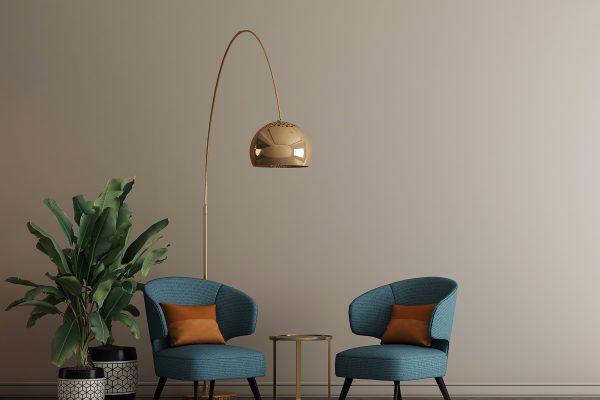
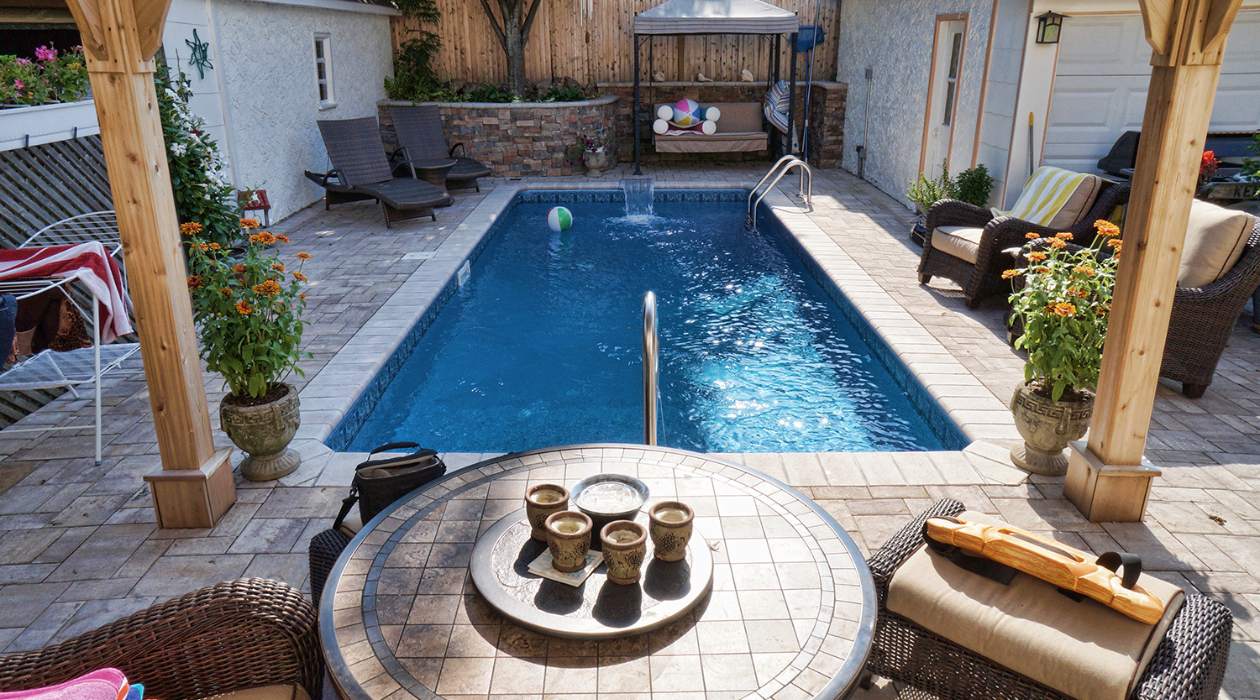
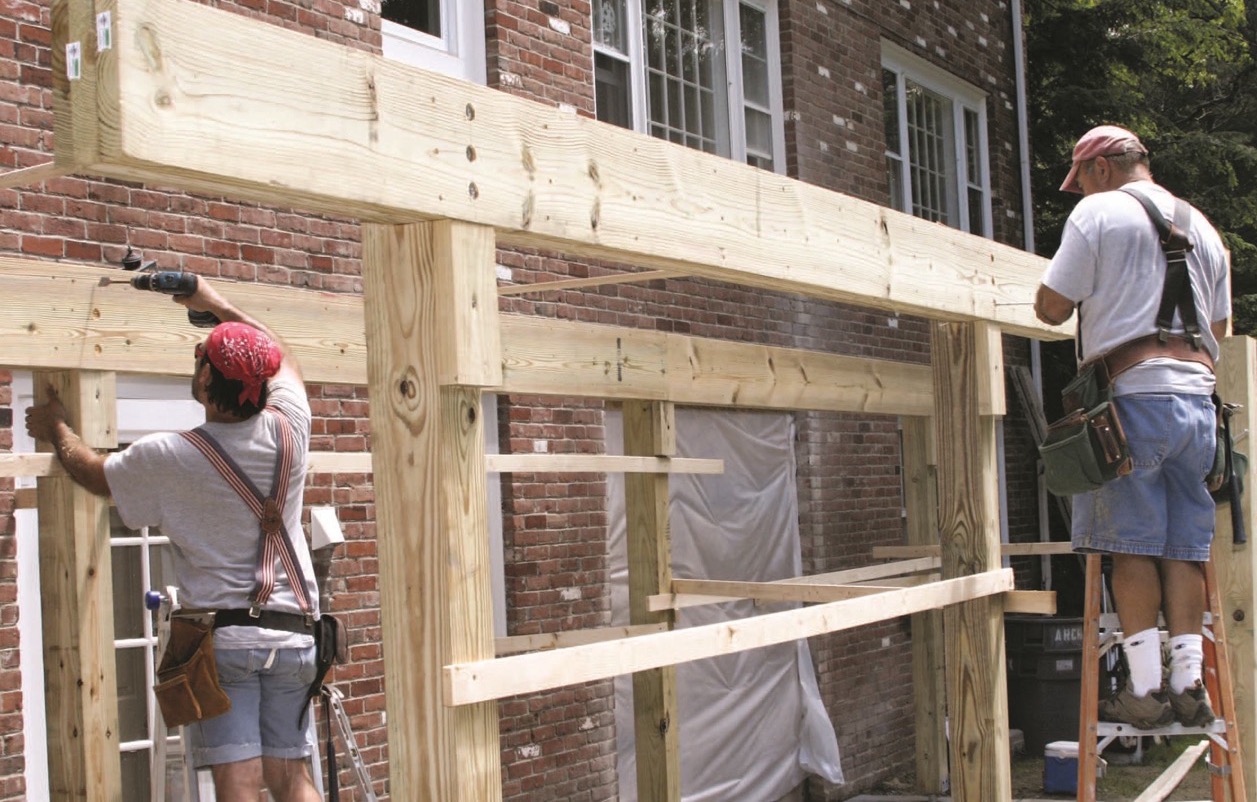
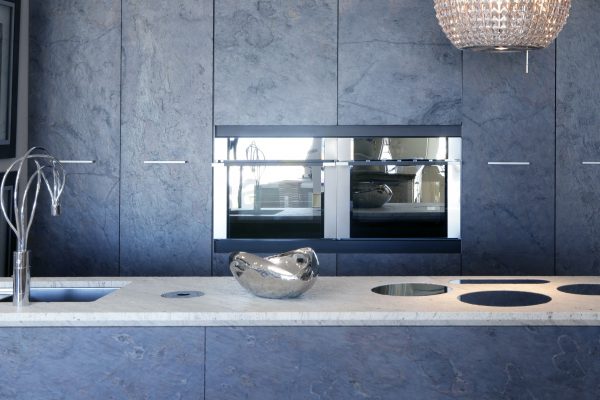





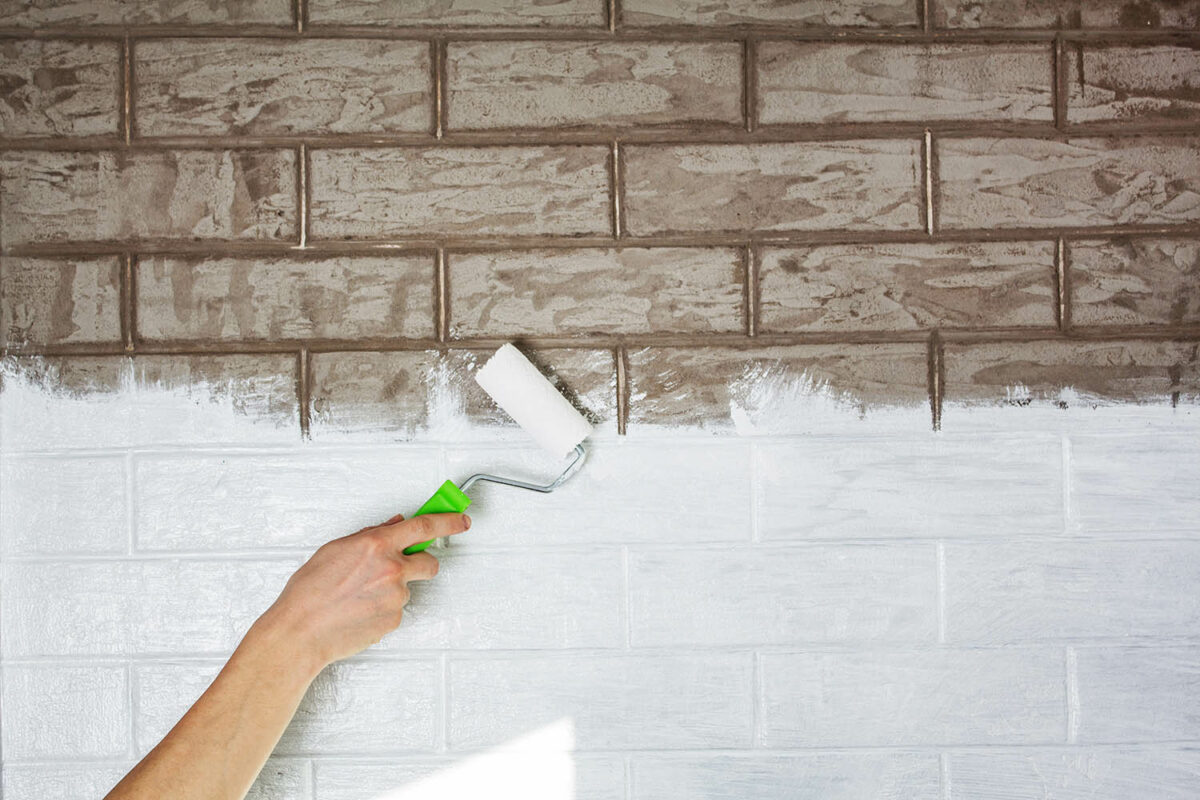

0 thoughts on “Thinking About Adding A Sunroom? Here’s Everything You Need To Know”